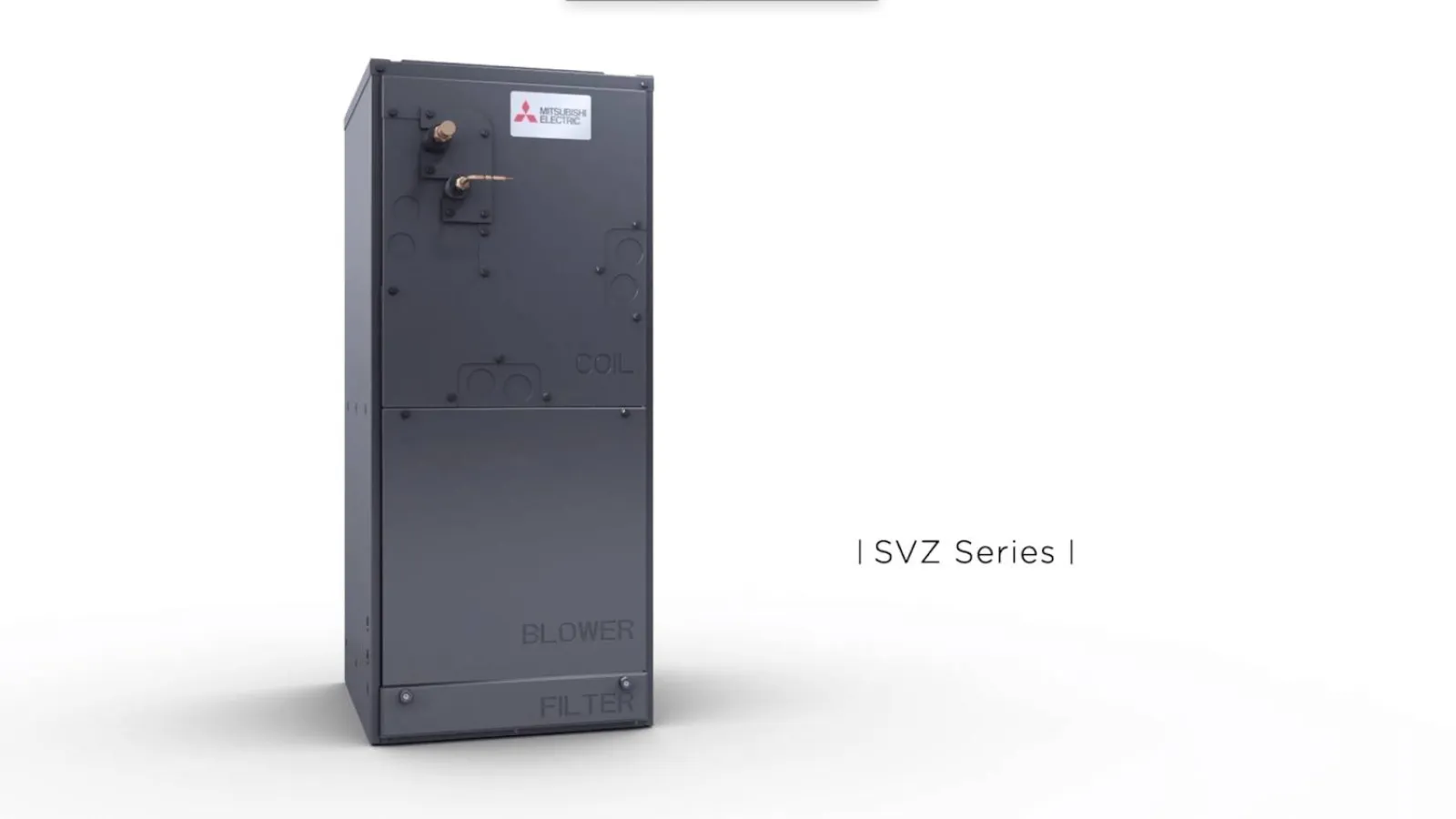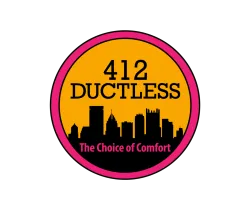
What is an Air Handler?
Do you have an old, inefficient furnace that you’ve been putting off replacing? Are you finishing up a new build? If you answered yes to either of these questions, then you should consider an air handler installation. If you haven’t heard of an air handler before, it’s a more reliable and efficient heating and cooling system than the old fashioned systems. Today, we’ll be reviewing how an air handler functions and all of the different ways you can benefit. Let’s get started!
What is a Ducted Air Handler and How Does it Work?
Before you decide that an air handler installation is your best option, let’s review how these machines regulate temperature

An air handler is part one of your two part indoor/outdoor heat pump system. Your outdoor unit is called the heat exchanger and will either attract or evaporate heat to keep your living space comfortable. The indoor unit — and topic of discussion for today — is the air handler, which pumps conditioned air into your living spaces. An air handler is usually located in the attic or in the basement. Your air handler installation should be positioned in a centrally located area of the building where it can evenly distribute air through your vents.
When you set your heat pump on a heat setting, your outdoor unit saps energy from the outdoor air and uses it to heat the indoors.This process is called the refrigeration cycle since your heat pump uses refrigerant to transport energy. When you use your heat pump to cool the air the process reverses, meaning that heat energy is absorbed from your indoor air and then evaporated outdoors. By reversing the process, cool air is now delivered via the air handler and into your living spaces.
What are the Different Parts of an Air Handler?
Now that we know how an air handler installation helps heat and cool your living space, it’s time to break down the most important components

Your air handler is the part of your heat pump responsible for blowing air into your living or working spaces. Let’s take a more granular look at the different mechanisms that help this machine heat and your space efficiently:
- The coil - As we mentioned, your heat pump adapts to heat and cool your space depending on your settings. The part of your air handler that actually warms and cools the air is called the coil. When the air outside is cold, the coil will be warm due to the refrigeration cycle. When the air outside is warm, the coil will be cool.
- The blower motor - The blower, unlike the coil, operates the same way at all times of the year. Your blower moves the conditioned air from your air handler installation to the rest of your property by blowing air over the coil. Often, air handlers come with several different blower speed settings that you can adjust to your preferences. Your blower could be either single speed, multi speed, or a variable speed model. Variable speed motors are the most desirable as they rely heavily on automation, which makes these fans much more energy efficient. When you opt for a variable speed motor you get the same heating and cooling results while using up to 25% less power.
- The air filter - The last part of your air handler that you should be aware of is the air filter. When your heated or cooled air is being blown into your air ducts, it first passes through an air filter before it can reach your living spaces. Your air filter is designed to catch any dust or dirt particles before they can reach your air vents.
What are the Advantages of Air Handlers Over Traditional Heating Systems?
There are so many power saving benefits that come with an air handler installation

When you decide on an air handler installation to complete your heat pump, you can take advantage of a lot of benefits the system has over furnaces or boilers. First of all, your heat pump can both heat and cool your space — so you only need to operate one system year round.
You can also benefit from the efficiency that heat pumps have over traditional heating systems. On the whole, heat pumps will have a much higher SEER (Seasonal Energy Efficiency Ratio) than furnaces or boilers. Older systems could have a SEER rating as low as 10, while the new Mitsubishi air handler model has a SEER rating closer to 18, meaning that a new air handler is up to 55% more efficient than older furnaces.
If you have further questions about air handler installation or heat pumps, call 412 Ductless. No matter your current heating and cooling setup, 412 Ductless can help you improve your heating using ductless technology. From quotes, installation, and inspection, 412 Ductless is here to provide you with the highest quality air conditioning in Pittsburgh, PA.





